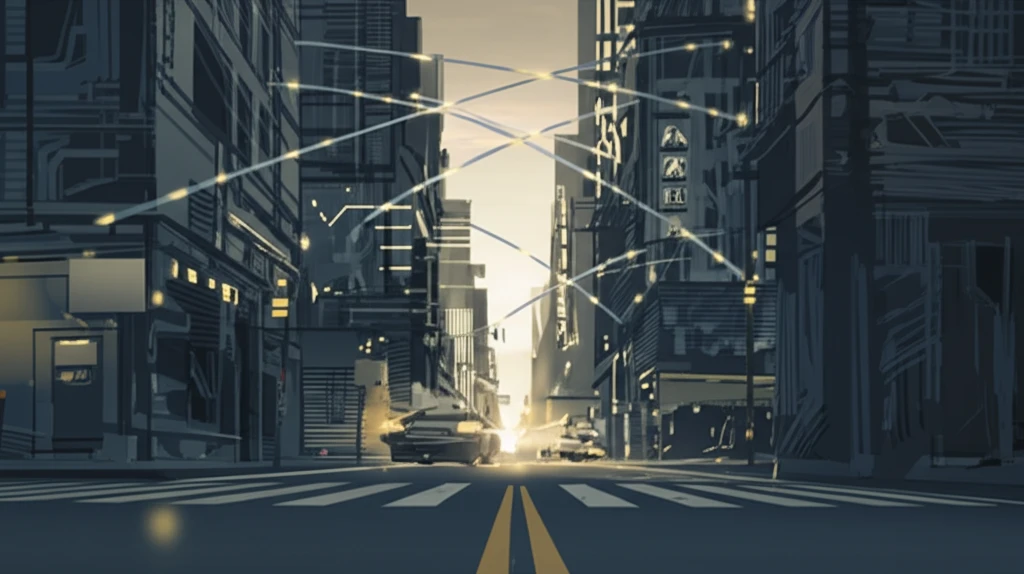
Is Your City Ready? How Smart Street Design Can Save Lives
"New research reveals the secrets to resilient urban networks in the face of disasters, from floods to targeted attacks. Discover how simple design tweaks can dramatically improve your city's ability to bounce back."
Imagine a city where a flood doesn't paralyze the streets, an earthquake doesn't cut off neighborhoods, and a targeted attack doesn't cripple the flow of daily life. That's the promise of resilient street network design – creating urban landscapes that can bend, not break, when disaster strikes. We rely on street networks to move people and goods, and these networks are increasingly vulnerable to various disruptions.
But what makes one city's street network more resilient than another? Is it the layout, the number of intersections, or something else entirely? Until recently, these questions remained largely unanswered. Now, groundbreaking research is shedding light on the secrets of urban resilience, offering a blueprint for cities around the world to build stronger, safer, and more adaptable communities.
This article unpacks the key findings, translating complex data into actionable insights for urban planners, policymakers, and anyone who cares about the future of our cities. We will look at how cities can implement simple design tweaks to dramatically improve resilience.
The Global Street Network: What Makes a City Vulnerable?

A recent study from Geoff Boeing and Jaehyun Ha at the University of Southern California has simulated over 2.4 billion trips across more than 8,000 urban areas in 178 countries, to better understand the secrets of resilient urban networks. This study has offered key insights into the vulnerabilities and strengths inherent in different street network designs. The researchers modeled street networks using OpenStreetMap data, and then simulated different disruptive events, including floods, earthquakes, and targeted attacks, to see how the networks would respond.
- High-Centrality Nodes Are Risky: Disrupting key intersections or bridges (high-centrality nodes) has a severe impact on how well the network functions. These are the arteries of the city, and blocking them can lead to widespread disruption.
- Connectivity is Key: Networks with higher connectivity (more intersections and route options) are less vulnerable. More routes mean more ways to get around when disaster strikes.
- Chokepoints Are a Weakness: Fewer chokepoints (areas where traffic is forced to converge) means less vulnerability. Chokepoints create bottlenecks, making the entire network susceptible to failure.
- Circuity Matters: Less circuity (more direct routes) leads to greater resilience. Direct routes provide more efficient paths and reduce the impact of disruptions.
Building a Resilient Future: What's Next?
The research is clear: street network design is a critical factor in urban resilience. By prioritizing connectivity, reducing chokepoints, and creating more direct routes, cities can build stronger, safer, and more adaptable communities. This isn't just about preparing for the worst; it's about creating better places to live, work, and thrive, no matter what the future holds.
